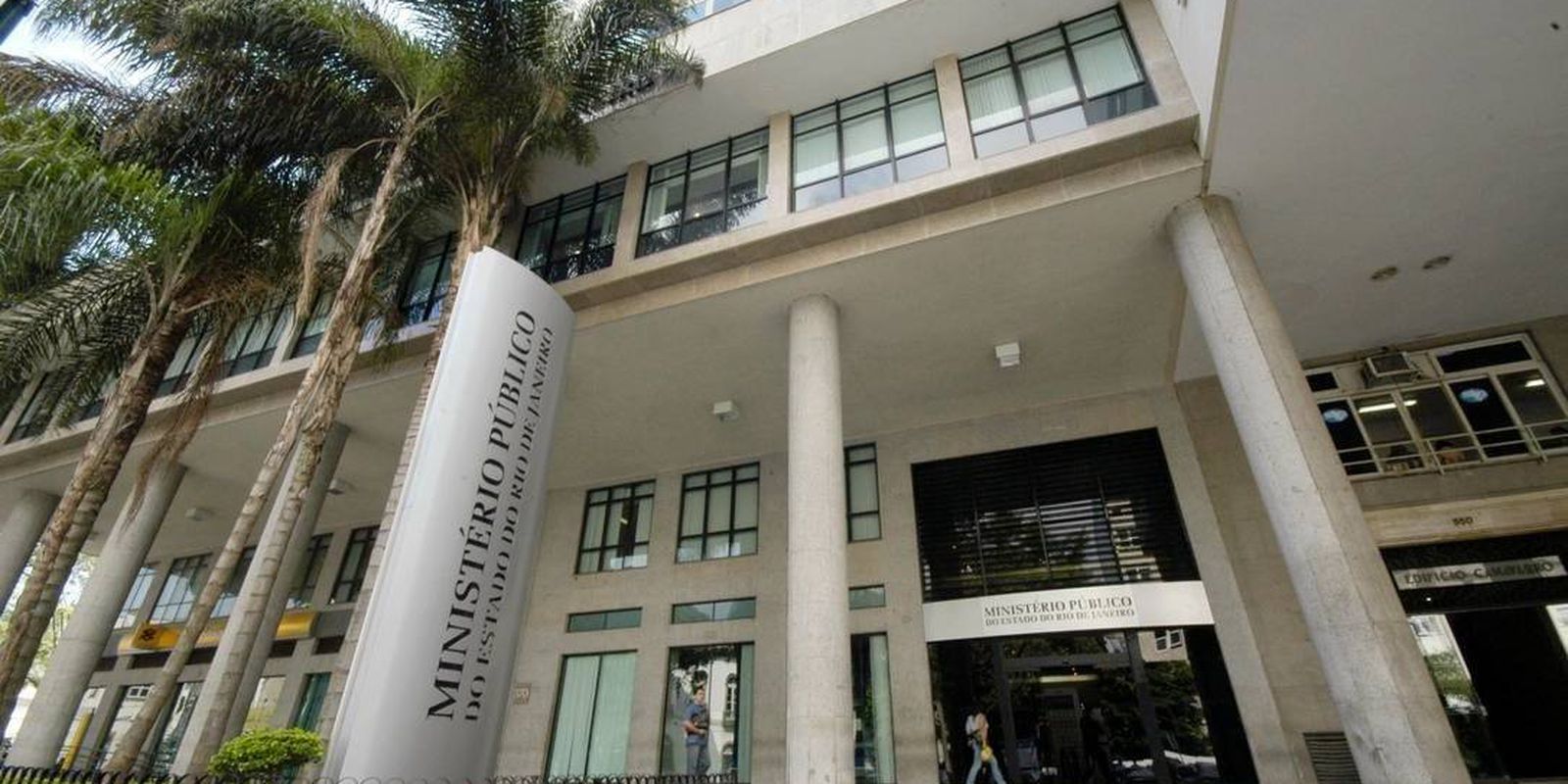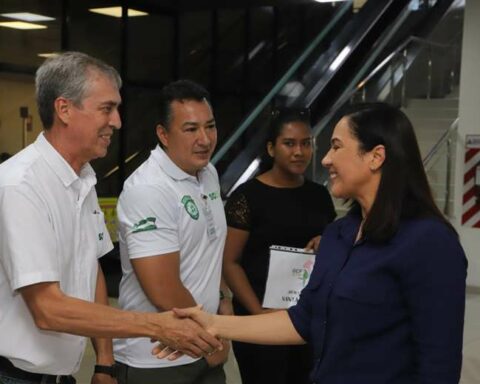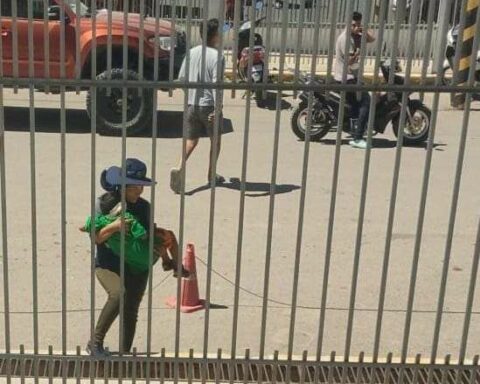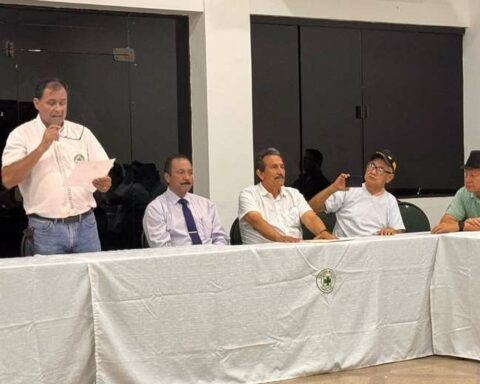María Mena M. / Cochabamba
The Chapare, the coca-growing area of Bolivia, also grows in the production of fish. In the last five years, this sector showed a growth of 181% which is reflected in a greater number of producers, swimming pools or ponds and meat reaching local and national markets.
According to data from the National Fund for Integral Development (Fonadin), in 2016 fish production in the Chapare reached 2,000 tons per year. In 2020 the volume grew to 3,621 tons per year, which reflects a growth of 181%.
Fish farming in the Chapare
Photos: David Flores
The inhabitants of the Chapare, the majority affiliated to the Six Federations of the Tropic of Cochabamba, have diversified their income through fish farming without neglecting the production of coca, which is the one that generates the highest income due to the less effort, investment and dedication that it requires. .
“With my family we decided to enter fish farming without neglecting coca cultivation because we have to make our coca cato work. We try to plant fruit, but it takes longer and produces less. We saw that there is yield and support in fish farming ”, explains to Página Siete Germán, producer and inhabitant of Villa Tunari.
Fish meat is highly appreciated for its properties such as vitamins B, A, D and E. It is low in calories and rich in proteins and minerals such as calcium, iron, iodine, zinc and others. The most sought-after varieties of fish in Cochabamba are tambaquí, pacú, trout, pejerrey and surubí.
Its preparation is varied. It can be grilled, pan-fried, smoked, grilled, in broth, ceviche, pork rinds, overflowing or fried. And the price can vary from 15 to 50 bolivianos per plate depending on the variety and size. In the Chapare the restaurants specialize, above all, in the sale of grilled fish, either tambaquí, pacú and surubí and the price can vary between 25 and 50 bolivianos.
Chapareño fish boom
The National Fund for Integral Development (Fonadin), dependent on the Ministry of Rural Development and Lands, promotes fish production in the Chapare as in other regions.
Gualberto Rodríguez, Fonadin regional coordinator in the tropics, reports that the fish producing municipalities are Puerto Villarroel, Chimoré, Entre Ríos, Villa Tunari and Shinahota.
In these five regions between 2016 and 2020, this and other institutions supported 2,759 families with 4,527 fish ponds that reached a production volume per ton (800 kilos can be obtained in a 1,000 square meter pond) of 3,600, reaching a value of sale of 13 million dollars (25 bolivianos per kilo approximately).
“The fish ponds have a measurement of 20 by 50, which is 1,000 square meters of water mirror where you can sow a thousand fingerlings. The fry are two to eight centimeters long, either of the tambaquí or pacú varieties, the ones that most promote the institutions of the State. But there are producer families that work with other varieties such as surubí, carp and tarpon, ”says Rodríguez.
It also explains the fish production cycle. It indicates that in a pond or pool of 1,000 square meters (20 by 50 meters) 1,000 tambaquí fingerlings (or another similar variety) are sown five to seven centimeters long (each fingerling costs 1.50 to 2 Bolivians).
If the sowing was in November, the harvest would be between June and July of the following year with a production of around 800 to 900 kilos. For the harvest to be at Easter, the sowing must be in the middle of the year.
The average price per kilo is 25 bolivianos, but intermediaries increase the price by up to 10 bolivianos per kilo. For example, at kilometer 2 of Avenida Petrolera in Cochabamba – an area where fish meat is sold – a kilo of pacú sells for 30 and 35 bolivianos, while a kilo of trout is sold for up to 40 bolivianos.
In supermarkets and friales, the price can become even more expensive due to the length of the invoice.
Post-pandemic lawsuit
According to Rodríguez, the increase in fish production is related to consumption. He assures that, before the pandemic, consumption was low, but it was increasing because people became aware of the importance of consuming white meat for its various properties.
“Consumption increased a lot. Before the pandemic, the price of a kilo did not rise above 25 Bolivians at the best times such as Easter. Currently, the kilo is sold (from the producer) for 28 bolivianos. There is a lot of demand ”, affirms the person in charge of the Fonadin.
In 2019, according to official data, the per capita consumption of fish meat was 2.5 kilos per person. The Ministry of Rural Development and Lands and the National Fisheries Program proposed by 2020 to double consumption to 5.2 kilos per person, through incentives in production programs and fairs from producer to consumer.
Milton Peredo, a father of a family and a neighbor of the Tupuraya area, recalls that until a few years ago he consumed an average of two kilos of fish a year, but since he got married and had children he increased his consumption of this meat to five kilos per year due to its many benefits.
“I always liked fish meat and could consume more, but the price is high compared to other meats. One kilo of beef yields more than fish. For my whole family I must buy at least five kilos of fish and spend more than 150 bolivianos. Chicken or beef is cheaper ”, compares Peredo.
Incentives
To access the Fonadin incentives, Rodríguez explains, producers must meet a series of requirements. For the beneficiaries, the State finances 70% of the costs and 30% must be covered by the producers. To join the project, a minimum of 20 people interested in fish farming is needed, regardless of the community or municipality of the tropics to which they belong.
Beneficiaries must have the ponds and fingerlings, food and technical assistance available for one year. The ponds should be located in places close to rivers or water so that they do not require pumping the liquid. The financing is in cash and the resources are destined for the excavation and construction of the ponds (up to 20 pools) and perhaps the commercialization.
In five years, Fonadin established 1,020 fish ponds in the five municipalities of the Chapare, increasing the production and consumption of fish meat. “The opportunities are good and the fish delicious,” says Germán.
With my family we decided to enter fish farming without neglecting the cultivation of coca because we have to make the cato work
German, Villa Tunari
Before the pandemic, the price per kilo did not rise above 25 bolivianos in the best of times. Today it sells for 28 bolivianos
Gualberto Rodriguez, Fonadin
Bs 25
is the price of a kilo of fish in the tropics,
the price is increased in other regions.
In three years the import of fish meat grows by 105%
“We do not export fish for health reasons. We do not yet have a Senasag-authorized slaughterhouse. The first will be at the Piscicultural Complex and will meet all the requirements. Slaughterhouses are rustic. Argentina is the main competition because it is imported from there. Furthermore, we have no access to the sea ”, affirms the regional coordinator of Fonadin in the Cochabamba tropics, Gualberto Rodríguez.
In 2018, the import volume was 15 million kilos worth 22 million dollars; in 2020 the volume grew to 15.9 million kilos for a value of 22.5 million dollars.
Bolivia buys fish and their derivatives from Argentina, Uruguay, Chile, Ecuador, Peru, the United States, China and Thailand.
Producers and the State see in the Fish Farm an alternative to reduce the importation of feed, also increasing production up to 60%, improving the quality of fish meat, optimizing performance, extending the useful life of the ponds. and encouraging the consumption of this food.
Evo Morales, from President of Bolivia to Chapareño fish farmer

Photo: Evo Morales’ Facebook
The former president and current leader of the Movement to Socialism (MAS), Evo Morales, established himself as a small fish farmer after the first harvest of tambaquí from his farm located in the central Villa Victoria, affiliated with the United Central Federation of Shinahota.
“I’m learning how to raise tambaquí fish and it’s time to harvest. We invited some colleagues who are experts in the harvest ”, stated Morales on October 19 in his farm, minutes before starting to harvest the fish.
While serving as the first president of Bolivia, Morales repeatedly said that when he finished his term he would dedicate himself to his farm and raising fish. That promise took a year to fulfill, although not 100% because he is still active in political life as president of the MAS and the Six Federations of the Tropics.
On the day of the Evo fish harvest, on October 19, municipal authorities, community members and experts in fish harvesting participated.
Morales specified that the sowing of tambaquí fingerlings in that pool was carried out on January 1 of this year, which had people who collaborated without having to pay them for their services. He added that his union gave him two more ponds and that the goal is to reach 12 (he currently has nine ponds) of 100 by 25 meters. An average of 1,000 fingerlings are required for each pond and their harvest takes eight to nine months.
Jhonny, a producer who collaborated in the Morales pools, said that from the former president’s first harvest, around a ton of tambaquí was obtained for sale.
“The sale is guaranteed to a place that offers tambaquí. Made the total purchase. The tropics does not supply local, regional or national demand. At the moment, the kilo is between 23 and 25 bolivianos, it is a good price for producers to obtain profitability, ”said Jhonny.
In September, Morales announced that he was negotiating with Venezuelan businessman Eduardo Núñez to export his first harvest of tambaquí fish.
Fish complex
To supply the demand for fish meat, the Government is planning a Fish Farm in the municipality of Chimoré, in the Tropic of Cochabamba. They anticipate its inauguration at the end of the year.
Among the characteristics of this complex are the direct benefit to the families that produce the tambaquí, surubí and pacú species through the collection, processing of meat and marketing in markets of Cochabamba and at the national level through the Food Production Support Company .
The complex has three facilities for its industrialization: fingerling and fattening, the manufacture of rations and the refrigerator to preserve the cold chain. Production capacity is expected to be five million fingerlings per year and annual domestic production is expected to reach 132 tonnes of broiler fish.

Photo: Evo Morales’ Facebook
I’m learning how to raise tambaquí and it’s time to harvest. We invite experts in the harvest
Evo Morales








